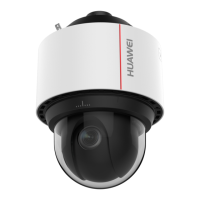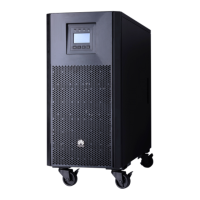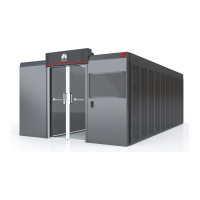Configuring APs to Go Online
Create an AP group to which the APs with the same configuration can be added.
[AC] wlan
[AC-wlan-view] ap-group name ap-group1
[AC-wlan-ap-group-ap-group1] quit
64
1
Create a regulatory domain profile, configure the AC's country code in the profile, and
apply the profile to the AP group.
[AC-wlan-view] regulatory-domain-profile name domain1
[AC-wlan-regulate-domain-domain1] country-code cn
[AC-wlan-regulate-domain-domain1] quit
[AC-wlan-view] ap-group name ap-group1
[AC-wlan-ap-group-ap-group1] regulatory-domain-profile domain1
Warning: Modifying the country code will clear channel, power and antenna
gain configurations of the radio and reset the AP. Continue?[Y/N]:y
[AC-wlan-ap-group-ap-group1] quit
[AC-wlan-view] quit
2
Configure the AC's source interface.
[AC] capwap source interface vlanif 100
3
Import APs offline on the AC and add the APs to the AP group ap-group1. Assume
that APs' MAC addresses are 60de-4476-e360 and 60de-4474-9640. Configure names
for the APs based on the APs' deployment locations, so that you can know where the
APs are deployed from their names. For example, name the AP with MAC address
60de-4476-e360 as area_1 if it is deployed in area 1.
4
The default AP authentication mode configured using the ap auth-
mode command is MAC address authentication. If the default
settings are retained, you do not need to run the ap auth-mode mac-
auth command.
In this example, the AP5030DN with radio 0 and radio 1 is used.
Radio 0 of the AP5030DN works on the 2.4 GHz frequency band and
radio 1 works on the 5 GHz frequency band.

